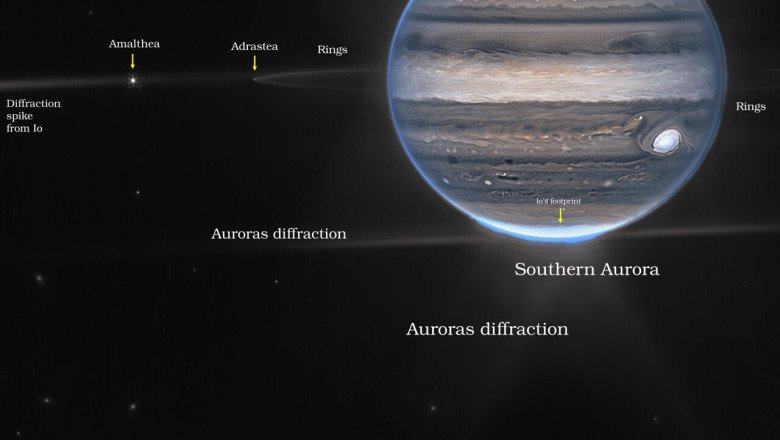
views
Chandrayaan-3 was expected to be India’s third lunar exploration mission, following the successful Chandrayaan-1 and Chandrayaan-2 missions. The primary goal of the Chandrayaan program is to explore the Moon’s surface and study its composition, topography, and mineralogy.
Chandrayaan-1, launched in 2008, made significant contributions to lunar science by discovering water molecules on the lunar surface. Chandrayaan-2, launched in 2019, included an orbiter, lander (Vikram), and rover (Pragyan). While the orbiter continues to study the Moon from orbit, the lander’s attempted soft landing was not successful.
Chandrayaan-3 was expected to be a lander-rover mission, similar to Chandrayaan-2, with a focus on achieving a successful soft landing on the Moon’s surface and deploying a rover to conduct scientific experiments.
Chandrayaan-1, launched in 2008, made significant contributions to lunar science by discovering water molecules on the lunar surface. Chandrayaan-2, launched in 2019, included an orbiter, lander (Vikram), and rover (Pragyan). While the orbiter continues to study the Moon from orbit, the lander’s attempted soft landing was not successful.
Chandrayaan-3 was expected to be a lander-rover mission, similar to Chandrayaan-2, with a focus on achieving a successful soft landing on the Moon’s surface and deploying a rover to conduct scientific experiments.
© 2021 UAE24X7
<\/p>\n\n\n\n
Chandrayaan-3 was expected to be India's third lunar exploration mission, following the successful Chandrayaan-1 and Chandrayaan-2 missions. The primary goal of the Chandrayaan program is to explore the Moon's surface and study its composition, topography, and mineralogy.<\/p>\n\n\n\n
Chandrayaan-1, launched in 2008, made significant contributions to lunar science by discovering water molecules on the lunar surface. Chandrayaan-2, launched in 2019, included an orbiter, lander (Vikram), and rover (Pragyan). While the orbiter continues to study the Moon from orbit, the lander's attempted soft landing was not successful.<\/p>\n\n\n\n
Chandrayaan-3 was expected to be a lander-rover mission, similar to Chandrayaan-2, with a focus on achieving a successful soft landing on the Moon's surface and deploying a rover to conduct scientific experiments.<\/p>\n\n\n\n
Chandrayaan-1, launched in 2008, made significant contributions to lunar science by discovering water molecules on the lunar surface. Chandrayaan-2, launched in 2019, included an orbiter, lander (Vikram), and rover (Pragyan). While the orbiter continues to study the Moon from orbit, the lander's attempted soft landing was not successful.<\/p>\n\n\n\n
Chandrayaan-3 was expected to be a lander-rover mission, similar to Chandrayaan-2, with a focus on achieving a successful soft landing on the Moon's surface and deploying a rover to conduct scientific experiments.<\/p>\n","author":{"@type":"Person","name":"Anahita","url":"https:\/\/uae24x7.com\/author\/admin\/"},"articleSection":["India","Uncategorized","World News"],"image":{"@type":"ImageObject","url":"https:\/\/uae24x7.com\/wp-content\/uploads\/2022\/08\/unexpected-details-lea-1.jpg","width":1280,"height":1103},"publisher":{"@type":"Organization","name":"","url":"https:\/\/uae24x7.com","logo":{"@type":"ImageObject","url":""},"sameAs":["http:\/\/facebook.com","http:\/\/twitter.com"]}}
Automated page speed optimizations for fast site performance
https://uae24x7.com/uncategorized/chandrayaan-3-indias-moon-mission/
























Comments
0 comment